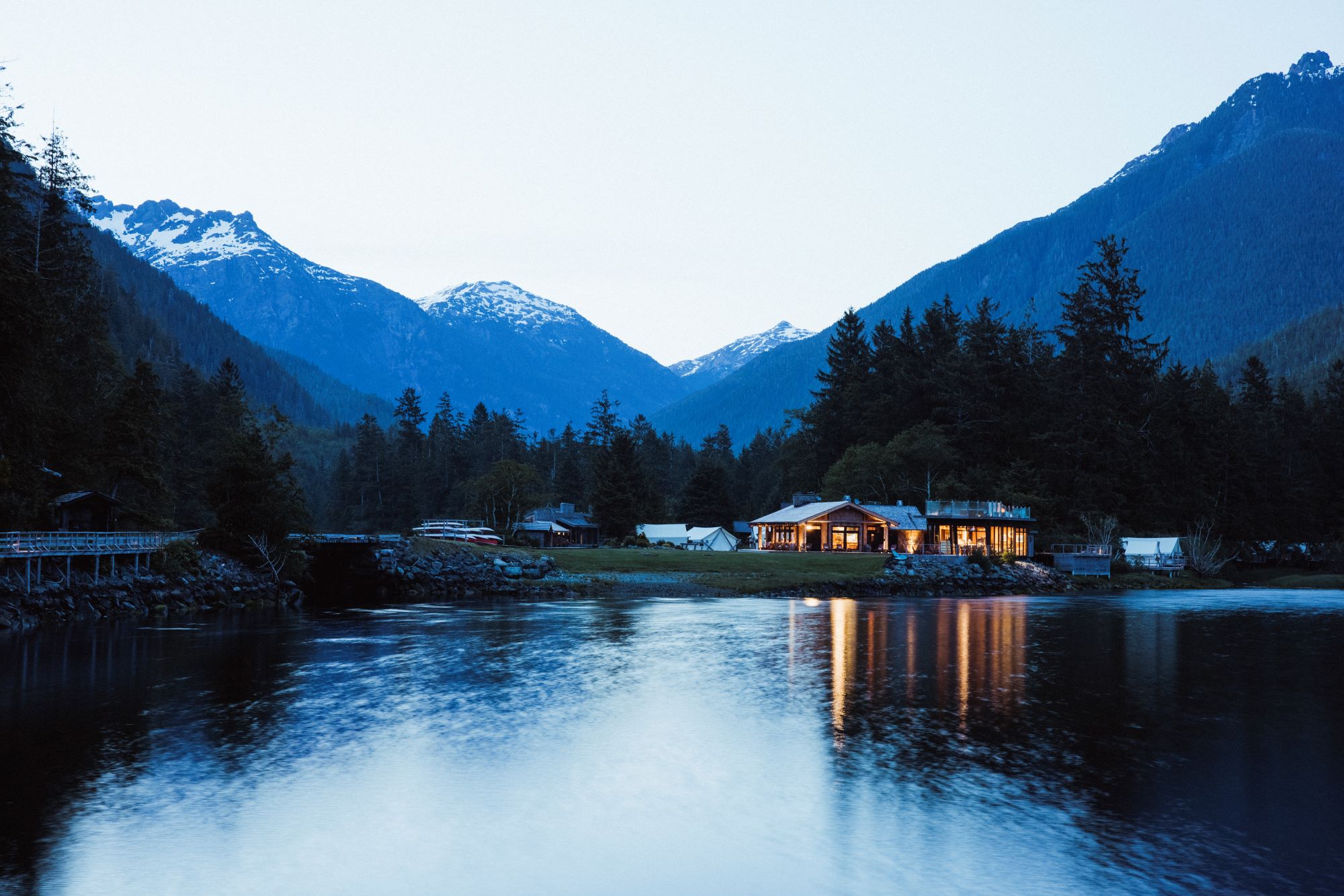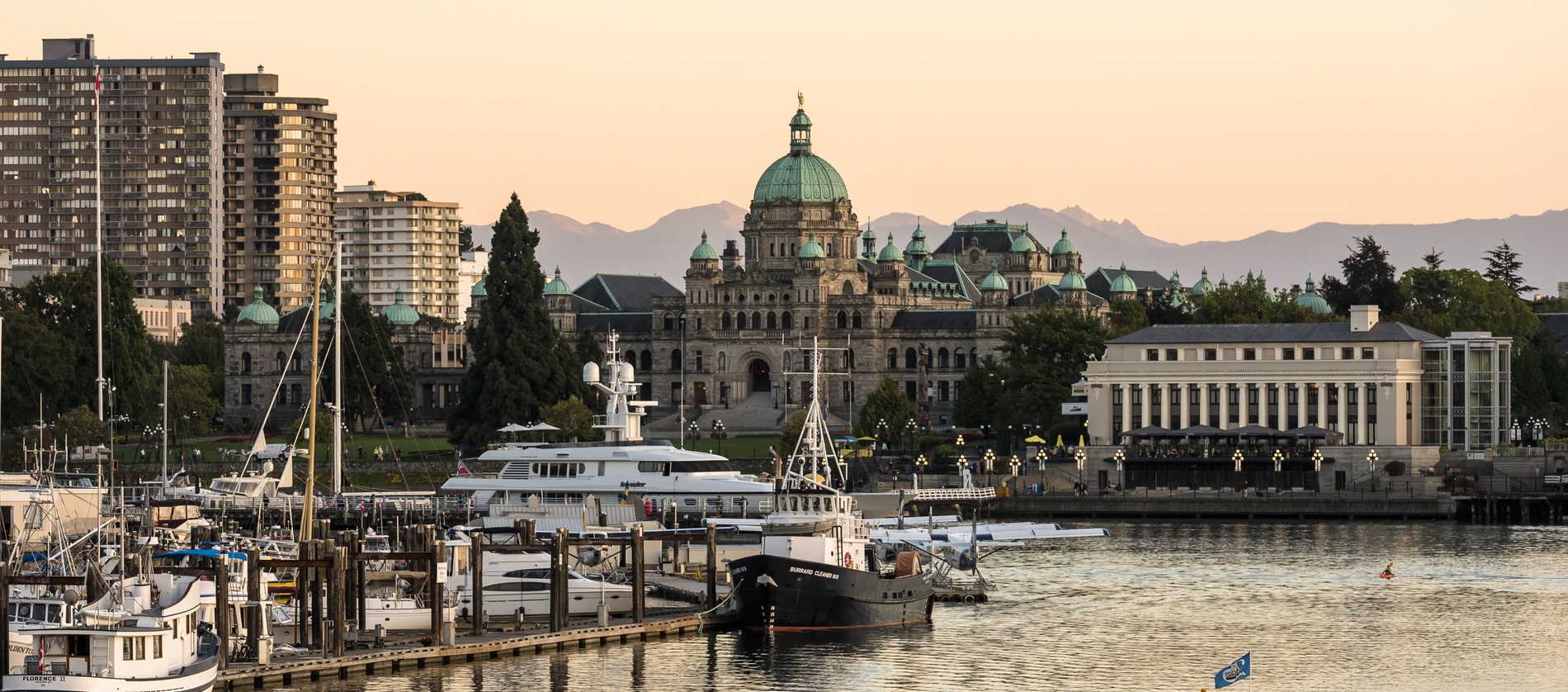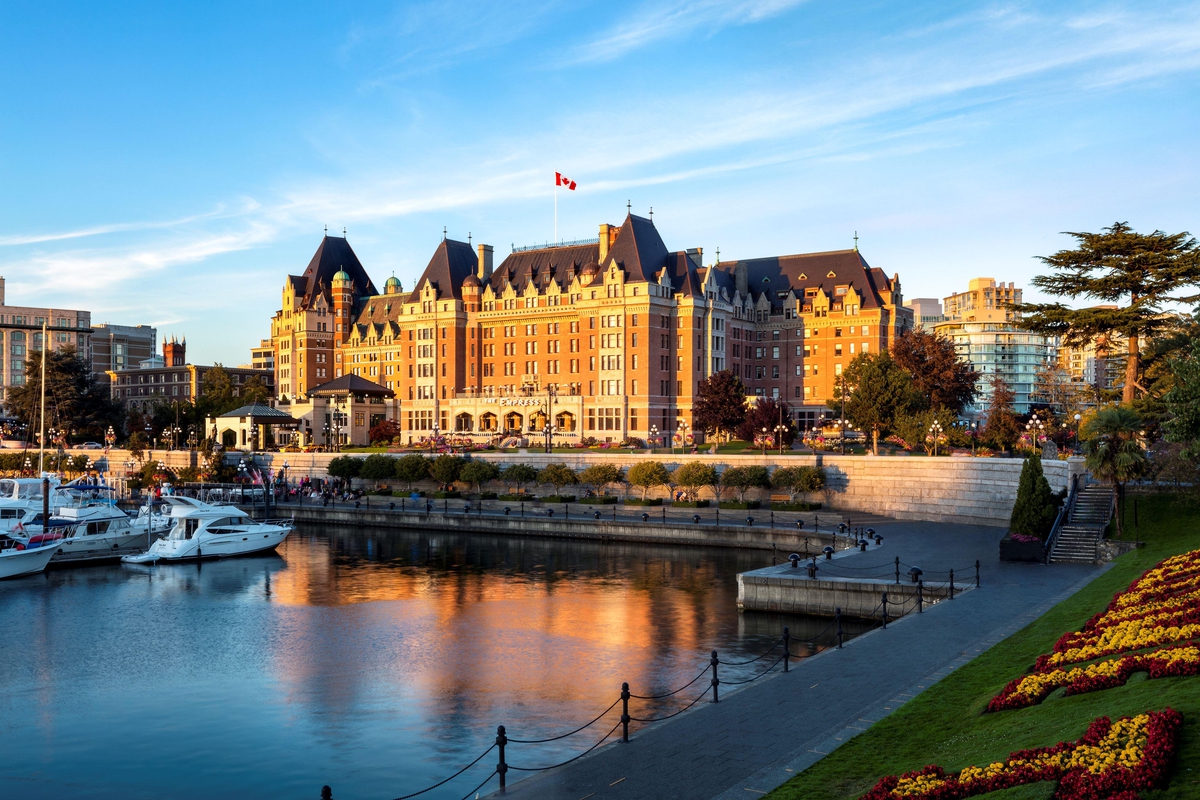1. Stanley Park with Talaysay Tours, Vancouver
The “Spoken Treasures” tour from Indigenous-led Talaysay Tours invites visitors into Vancouver’s Stanley Park, one of North America’s largest urban parks, to learn about the traditional territory of the xwməθkwəy̓əm (Musqueam), sḵwx̱wú7mesh (Squamish) and sel̓íl̓witulh (Tsleil Waututh) Peoples.
The goal of the walking tour, which traverses a short stretch of the 8.8-km (5.5-mi) seawall then heads through the forest to the park’s Totem Poles, is to educate and inspire as Indigenous guides share the rich history, traditions, and beliefs of the Nations who inhabited the park long before its 1888 colonial founding. As you wind through the park you’ll hear stories of traditional spiritual practises and learn the many uses of plants like skunk cabbage, Sitka spruce trees, and licorice fern. You’ll also be reminded that when we head into the natural world and take time to learn, laugh and go deeper into ourselves, we find balance and gratitude.
MAKE IT HAPPEN
Book tickets ahead online. Tours run for 90 minutes. Bring comfortable walking shoes and meet at the Information Booth in Stanley Park.














